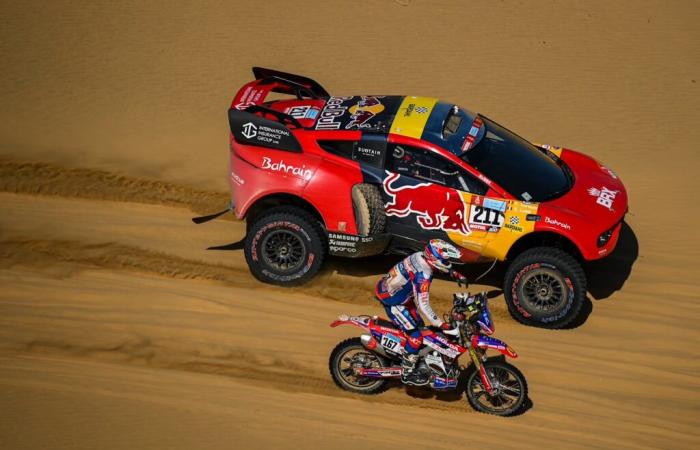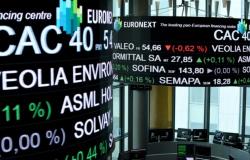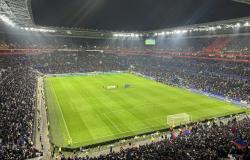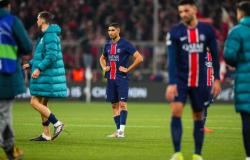Few sports get the heart beating as fast as motorcycle racing. Events such as Moto GP, Superbikes and Motocross captivate fans and punters who take advantage of the best free bet offers. For many enthusiasts, speed is the main attraction, but here we look at a race that demands much more than high velocity – the legendary Dakar Rally.
The Ultimate Test of Man and Machine
The Dakar Rally, often described as the ultimate test in motorsport, is a legendary off-road endurance event. Since its inception in 1978, it has captivated adventure enthusiasts and motorsport enthusiasts across the world. Known for its challenging terrain and extreme conditions, the Dakar Rally has evolved significantly over the decades, becoming an iconic motorsport event.
Origins and Early Years
The Dakar Rally was the brainchild of French biker Thierry Sabine. In 1977, while participating in the Abidjan-Nice rally, Sabine got lost in the Libyan desert. Struck by the landscape, both difficult and fascinating, he imagined a race that would combine adventure, skill and endurance. His idea took shape on December 26, 1978, when 182 vehicles left Paris for a 10,000-kilometer journey to Dakar, Senegal.
The inaugural rally saw competitors navigate across Europe, the Sahara Desert and West Africa. Only 74 vehicles completed the course, highlighting the difficulty of the event. Cyril Neveu, riding a Yamaha motorcycle, won the first edition. The rally’s slogan, “A challenge for those who leave, a dream for those who stay,” encapsulated its appeal and mystique.
Growth and Popularity
The Dakar Rally has quickly gained international attention. In the early 1980s it was a major event attracting top drivers, manufacturers and sponsors. Notable participants included elite runners, adventurers and even celebrities. The multi-disciplinary format of the rally, which hosted motorcycles, cars and trucks, added to its universal appeal.
This period also saw the introduction of factory teams from brands like Mitsubishi, Peugeot and Yamaha, which brought technological innovations and fierce competition. Mitsubishi, in particular, dominated rallying throughout the 1980s and 1990s, with legendary drivers like Stéphane Peterhansel remaining one of the Dakar’s most successful competitors.
Challenges and Tragedies
Despite its success, the Dakar Rally faced significant challenges. The harsh environment, unpredictable weather and navigational errors often led to accidents, some of them fatal. Notable tragedies include the deaths of founder Thierry Sabine and four others in a helicopter crash during the 1986 rally.
Security concerns also affected the event, particularly in North Africa. In 2008, the rally was canceled for the first time due to threats from terrorist groups in Mauritania. This incident marked a turning point in the history of the rally.
Relocation to South America
In 2009, the Dakar Rally relocated to South America, with stages in Argentina, Chile, Peru and Bolivia. This change brought a new set of challenges, including mountainous terrain, high altitudes and diverse climates. The South American era revitalized rallying, introducing it to a new audience while preserving its spirit of adventure.
During this period, competitors like Carlos Sainz, Nasser Al-Attiyah and Marc Coma gained notoriety. Manufacturers such as Mini and Toyota have also seen significant success. The rally’s popularity soared, attracting millions of spectators and extensive media coverage.
Saudi era
In 2020, the Dakar Rally began a new chapter by relocating to Saudi Arabia. The move was part of a broader effort to expand the rally’s global footprint. The Saudi landscape, characterized by vast deserts, rocky canyons and ancient trails, offered a new challenge for competitors.
The rally in Saudi Arabia introduced new innovations, including roadbook navigation aids and stricter environmental regulations, reflecting a growing focus on safety and sustainability. Despite criticism of the host country’s human rights record, the rally continued to thrive, attracting participants from around the world.






